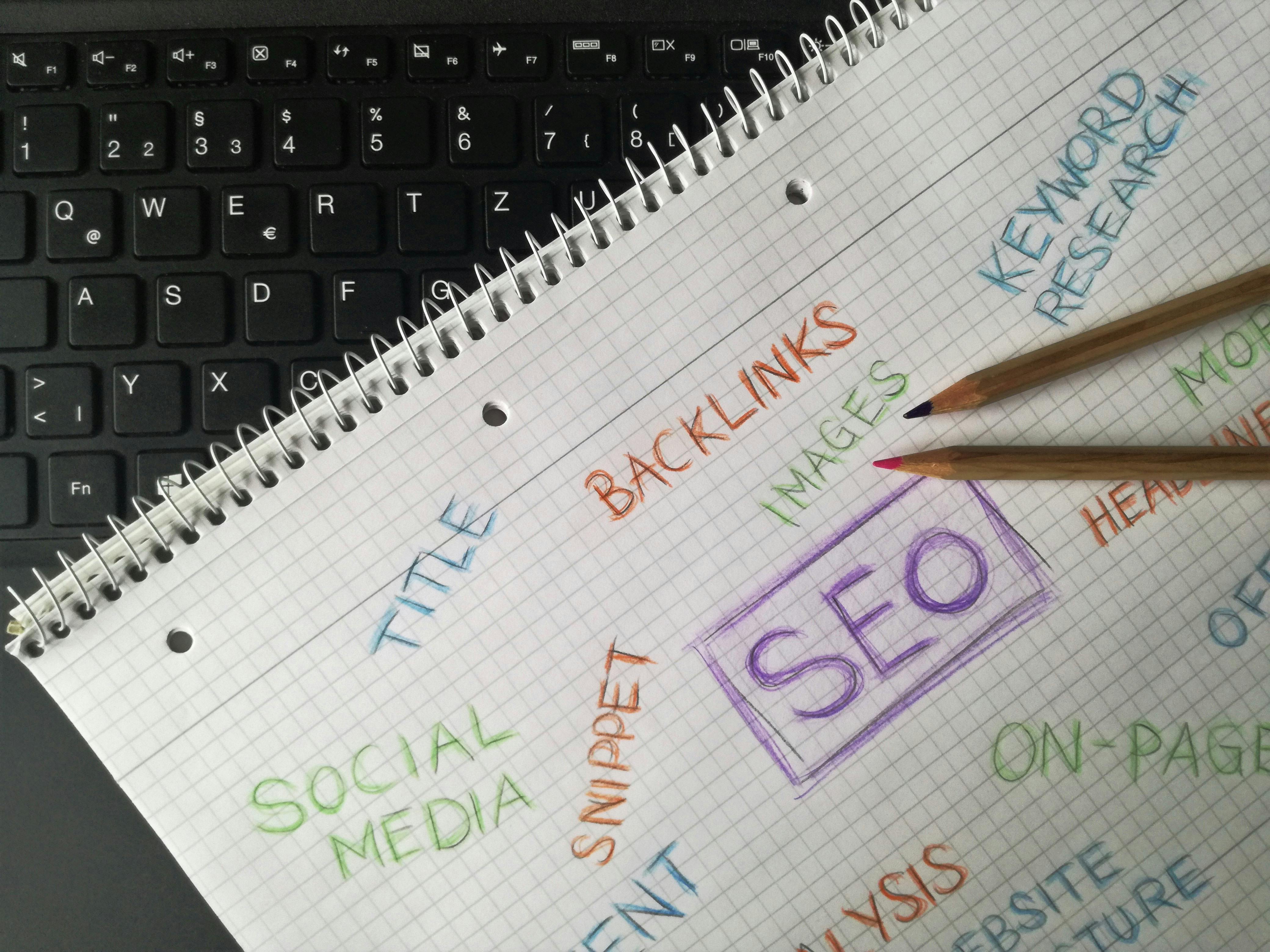The Art of Lead Generation: What Actually Works in 2025?
Marketing Tips
The Art of Lead Generation: What Actually Works in 2025?
As businesses enter 2025, lead generation has become more important and more complex than ever. The digital landscape is constantly shifting, and staying ahead requires adapting strategies to meet the expectations of an increasingly sophisticated audience. Traditional methods are no longer sufficient to capture the attention of high-quality leads. In this post, we’ll explore the most effective lead generation strategies for 2025, highlighting innovative methods that drive results.
AI-Driven Personalization
Artificial Intelligence (AI) is transforming how businesses engage with prospects. With the ability to analyze vast amounts of data, AI tools can identify customer behavior, segment audiences, and craft personalized messages on a large scale. This leads to more relevant interactions, which significantly improve engagement and conversion rates.
Instead of relying on broad, impersonal communication, AI enables businesses to tailor their outreach based on the unique preferences and behaviors of each lead. This hyper-personalization allows companies to reach out to prospects with messages that are timely, relevant, and aligned with their interests. By leveraging AI, businesses can not only improve lead engagement but also optimize the timing and content of their communications for maximum impact.
LinkedIn: The B2B Powerhouse
LinkedIn has long been a staple of B2B lead generation, and its role in 2025 remains essential. However, the way businesses use LinkedIn has evolved. Rather than focusing on mass outreach, successful brands have shifted to more meaningful interactions with potential leads through engaging content, thought leadership, and targeted networking.
Rather than sending generic connection requests, businesses now prioritize building relationships and offering value through posts, articles, and direct messages. LinkedIn’s professional environment offers a unique opportunity to connect with decision-makers, share valuable insights, and nurture leads in a more authentic way.
For businesses looking to succeed on LinkedIn, focusing on building genuine connections with potential leads and demonstrating industry expertise is key. By consistently engaging with the right people, sharing relevant content, and leveraging LinkedIn’s features like Sales Navigator, companies can significantly enhance their lead generation efforts.
Automating Lead Qualification
In 2025, the automation of lead qualification is a game-changer. Not every lead is worth pursuing, and businesses need to ensure that they are spending their time on prospects that have the highest likelihood of conversion. AI-powered tools now allow for real-time lead scoring, assessing prospects based on their behavior, engagement, and intent signals.
This automation helps businesses identify high-quality leads faster, ensuring that sales teams can focus on the most promising opportunities. Lead qualification software streamlines the process, reducing time spent on cold leads and accelerating the overall sales cycle. By automating this crucial step, companies can improve both efficiency and effectiveness in their lead generation efforts.
Interactive Content and Lead Magnets
The digital audience of 2025 expects more than just passive content. Interactive content, such as quizzes, surveys, and calculators, is becoming a powerful tool for generating leads. These types of content are not only engaging but also highly effective at gathering information from prospects, allowing businesses to capture leads in a non-intrusive way.
Interactive content offers an opportunity to engage potential customers in a more personalized and fun manner. For example, businesses can create a quiz to help prospects assess their marketing maturity or offer a free calculator that helps them evaluate the ROI of a product or service. These engaging tools incentivize prospects to share their contact information in exchange for valuable insights, making them an excellent way to build a strong lead pipeline.
Smarter Cold Outreach
Email outreach is still a vital part of lead generation, but it has become more sophisticated in 2025. Thanks to automation tools, businesses can now create personalized email campaigns at scale, testing subject lines, tweaking messaging, and analyzing results in real time. This data-driven approach enables businesses to fine-tune their cold outreach and increase the chances of engaging leads.
Cold outreach is no longer about sending generic messages to a broad audience. Today’s successful campaigns leverage data to personalize emails based on lead behavior, ensuring that each message is relevant and timely. By using automation tools, businesses can execute multi-step outreach campaigns that are personalized and optimized for maximum effectiveness.
Community-Led Growth
Building a community around a product or service has become an increasingly popular strategy in lead generation. By creating spaces where customers can engage with each other, businesses can foster relationships, build brand loyalty, and generate organic leads. Communities can take many forms, from Slack groups to LinkedIn groups or even private Facebook communities.
These communities not only allow businesses to engage with leads but also encourage peer-to-peer referrals. Buyers often trust the opinions of their peers more than traditional advertising, and by fostering a community of satisfied customers, businesses can drive word-of-mouth marketing that leads to more inbound leads. Community-led growth offers a more organic and sustainable approach to lead generation, helping businesses build deeper relationships with their audience.
Co-Branding and Content Syndication
One of the most effective ways to expand reach and generate new leads is through co-branded campaigns and content syndication. By partnering with other brands or media outlets, businesses can distribute their content to a wider audience and attract qualified leads. This strategy allows companies to tap into established audiences that already trust the brand they’re partnering with, increasing the chances of converting new prospects.
Co-branded webinars, joint eBooks, and collaborative blog posts are excellent ways to increase visibility and generate leads. By aligning with companies that share a similar audience or offer complementary products, businesses can enhance their reach while providing valuable content to a new group of potential leads.
Real-Time Website Personalization
Gone are the days of static landing pages that treat all visitors the same. In 2025, businesses are adopting dynamic website experiences that change based on the visitor’s profile, behavior, and previous interactions with the site. Real-time personalization allows companies to present tailored content and calls-to-action (CTAs) that are more likely to resonate with each individual prospect.
For example, a returning visitor may see a different offer than a first-time visitor, or someone from a specific industry may be shown case studies that are most relevant to their needs. By using personalization tools, businesses can create a more engaging and relevant website experience, which can significantly improve lead conversion rates.
Data-Driven Lead Generation
Data is more important than ever in 2025. Businesses are relying on advanced analytics and reporting tools to track and measure the performance of their lead generation campaigns. With a data-driven approach, companies can better understand which strategies are delivering the best results and optimize their efforts accordingly.
By continually monitoring key metrics like conversion rates, lead quality, and cost-per-lead, businesses can refine their lead generation processes and ensure they are investing resources in the most effective channels. Data allows businesses to make informed decisions and continually improve their strategies to drive higher-quality leads.
Video and Voice-Based Prospecting
Video and voice have become crucial tools in the lead generation process. Personalized video messages are a more engaging and memorable way to reach out to prospects than traditional email. By using video tools like Loom, businesses can create personalized introductions or product demos that are far more impactful than written messages.
Voice-based prospecting is also on the rise, with AI-powered voice assistants helping to handle initial interactions and schedule meetings. These tools can provide instant responses to FAQs, qualify leads, and help guide prospects through the early stages of the sales funnel.
Leveraging Lobster Lead for Scalable Success
Lobster Lead is a powerful solution for businesses looking to scale their lead generation efforts. By combining AI-driven content generation, automated LinkedIn outreach, and seamless CRM integration, Lobster Lead simplifies the process of attracting and converting high-quality B2B leads. With real-time analytics and customizable workflows, businesses can maximize efficiency, improve lead conversion, and track the performance of their campaigns.
Lobster Lead streamlines the lead generation process, helping businesses implement many of the strategies discussed in this post. By automating outreach and nurturing prospects through personalized communication, companies can ensure that their lead generation efforts are not only scalable but also highly effective.
Final Thoughts
As lead generation continues to evolve in 2025, it’s clear that a combination of innovative technologies, data-driven insights, and personalized approaches is the key to success. Businesses that can effectively integrate AI, automation, and content personalization into their strategies will be able to generate better leads and see higher conversion rates.
The future of lead generation isn’t about attracting as many leads as possible; it’s about attracting the right leads. By focusing on quality, not quantity, and adopting the most effective strategies, businesses can build lasting relationships with their prospects and turn them into long-term customers.
Start implementing these strategies today to ensure that your lead generation efforts are as effective as possible and set your business up for success in 2025.























